News
Hunger in Sudan: How (and why) hundreds of thousands are facing famine
A little over a year into the conflict in Sudan has created, among other things, what is now the world’s largest hunger crisis.
Read MoreOn April 15, 2023, violent clashes in Sudan’s capital of Khartoum sparked a nationwide conflict. Two years in, Sudan is now the world’s largest humanitarian crisis, with a growing risk it could soon become the worst famine the world has seen in over 40 years. More than 60% of the country’s population requires some form of humanitarian assistance — an increase of nearly 25% compared to this time last year, and a record high in modern humanitarian response (more on that below).
At the same time, over 15 million Sudanese have been displaced, many internally and almost 4 million forced into neighboring countries. Here’s what you need to know as this crisis enters its third year.
Over the last 20 years, Sudan has made international headlines for ongoing conflict and political unrest, including protracted violence beginning in Darfur in 2003. More recently, months of civilian protests in 2019 led to a change in leadership, a first in over 25 years, prompting hope for millions.
However, the transitional government’s progress slowed, leaving room for uncertainty, violence, and, eventually, a military coup in October 2021. Since then, tensions between the country’s two governing forces escalated over time, erupting into open conflict on April 15, 2023.
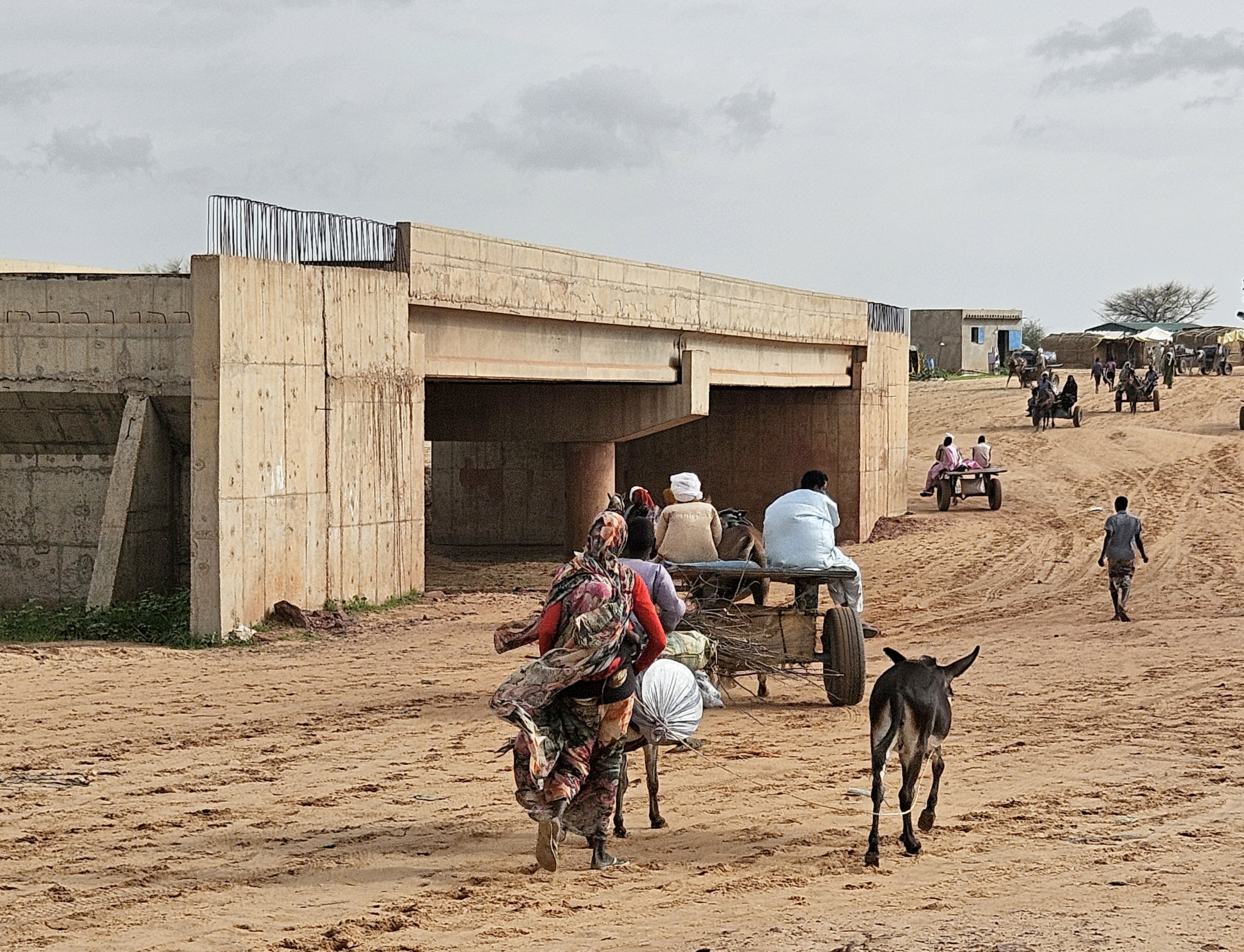
While all of this came to a head in 2023, two decades of conflict had already left many Sudanese in vulnerable circumstances: According to UNOCHA, an estimated 300,000 people were displaced by conflict in 2022 — with nearly 33,000 displaced in November alone due to fighting in West Kordofan and Central Darfur. By the start of 2023, one out of every three people in Sudan (approximately 15.8 million) required humanitarian aid, a 10% increase compared to the previous year.
Since then, however, the situation has reached an inauspicious record: Sudan has surpassed over 30.4 million people in need of humanitarian assistance. That’s three out of every five people living in the country, and a figure that is the highest on record in the history of modern humanitarian response. This also represents an increase of 23% compared to last year’s figures.
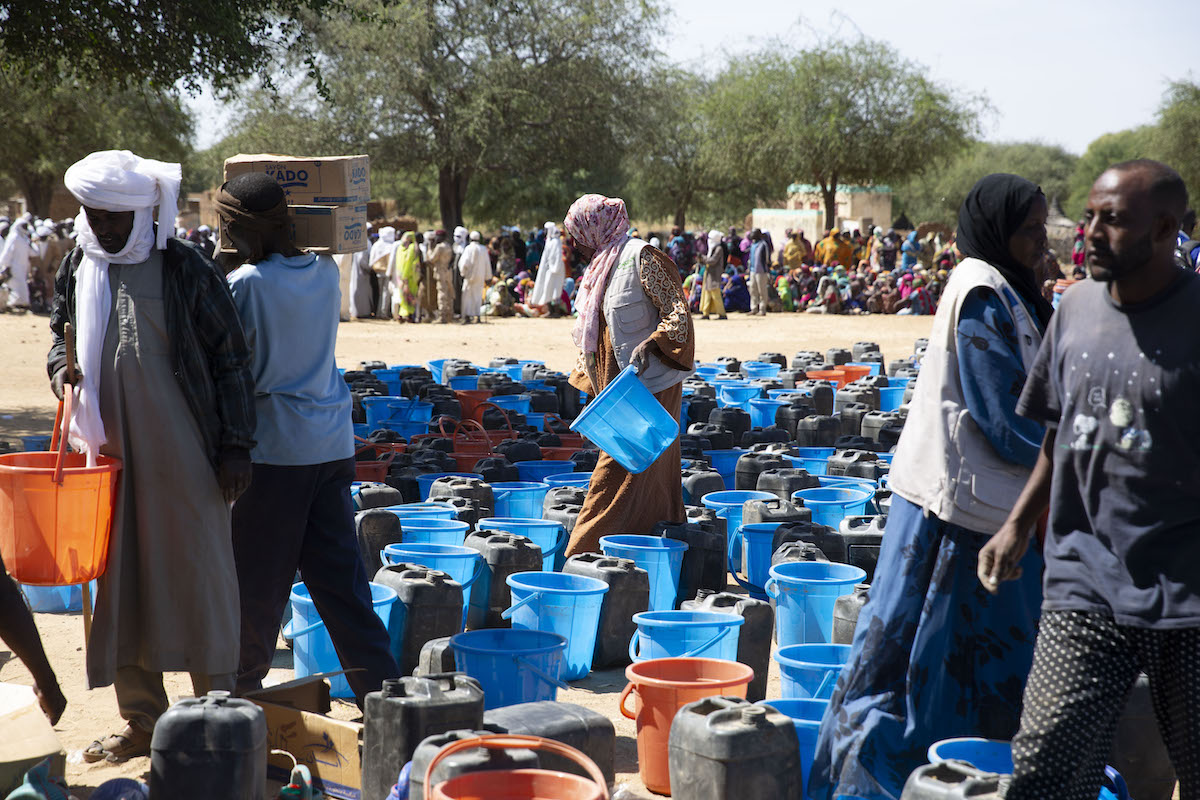
Last year at this time, we reported that 8.4 million people had been forced to leave their homes in Sudan, including 1.7 million refugees and over 6.5 million internally-displaced people (IDPs). This in itself was nearly double the number of displaced people compared to the start of the conflict in 2023.
Through 2024, however, those numbers continued to grow. Sudan is now the site of the world’s largest internal displacement crisis. As of this writing, the UN’s International Organization for Migration reports approximately 11.3 million people are living in displacement within the country — over half of whom are children (and 27% are children under the age of five). Furthermore, the UN’s High Commissioner for Refugees reports that 3.8 million Sudanese are living as refugees, mainly in neighboring Chad, Egypt, and South Sudan.
Displacement creates a large portion of the humanitarian need in these situations. Millions of Sudanese escaped violence without much more than the clothes on their backs, and arrived in host communities with little cash and limited resources available to them.
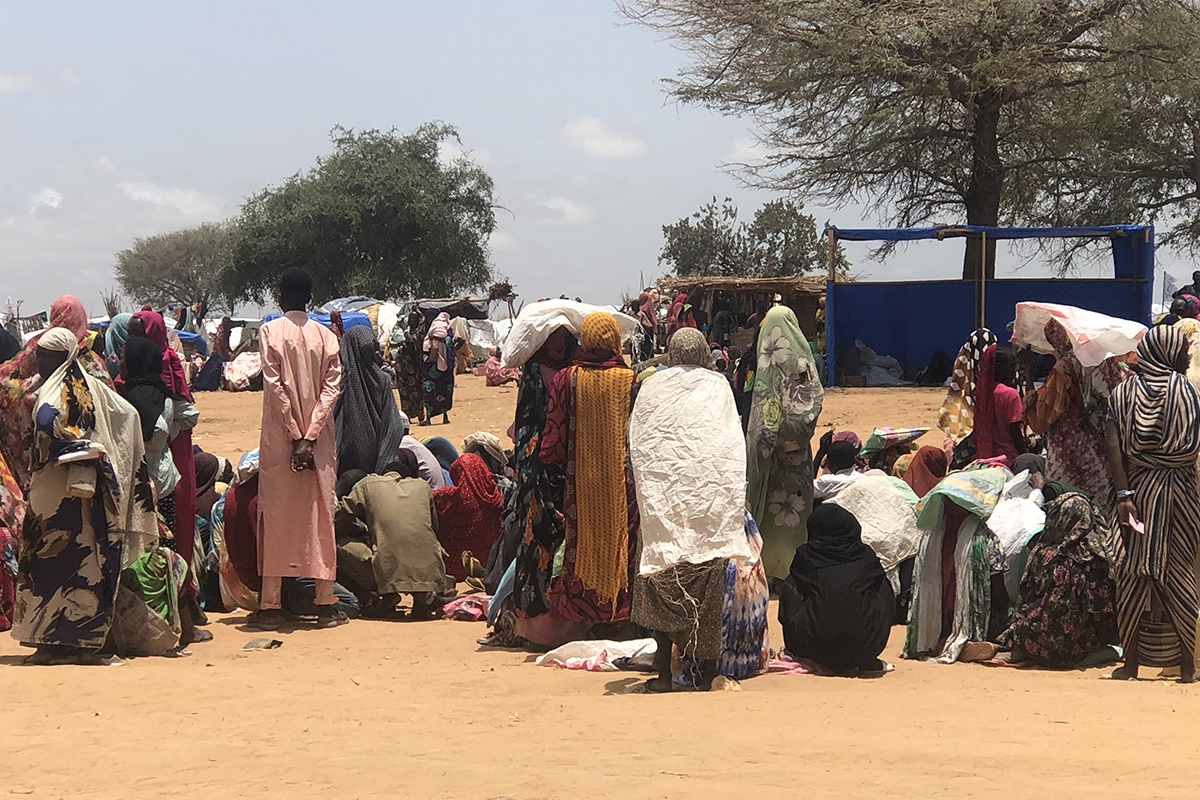
The conflict in Sudan has led to acute food insecurity for 24.6 million people. As of last year, famine has been declared in five areas of the country (Zamzam, Abu Shouk, and Al Salam camps in North Darfur, and parts of the Western Nuba Mountains).
These conditions affect 800,000 people. However, another 8.1 million are on the brink of facing similar conditions with projections showing that five additional areas may face famine in the first half of 2025. Another 17 additional areas are also at risk. With these data, Sudan has another unfortunate superlative: the highest number of people in emergency or catastrophic levels of hunger.
The threat posed by food insecurity is compounded by a compromised healthcare system. In areas affected by conflict, 70% of the healthcare system has stopped functioning. Taken together with poor living conditions, few hygiene resources, and a lack of adequate sanitation services, this has led to significant outbreaks of disease across the country. Cholera, dengue fever, and malaria are all on the rise.
The combination of these outbreaks with malnutrition makes things even worse, especially for young children and elderly people. With weakened immune systems, they are more vulnerable to contracting diseases, less able to overcome them, and at a higher risk for otherwise-preventable death.
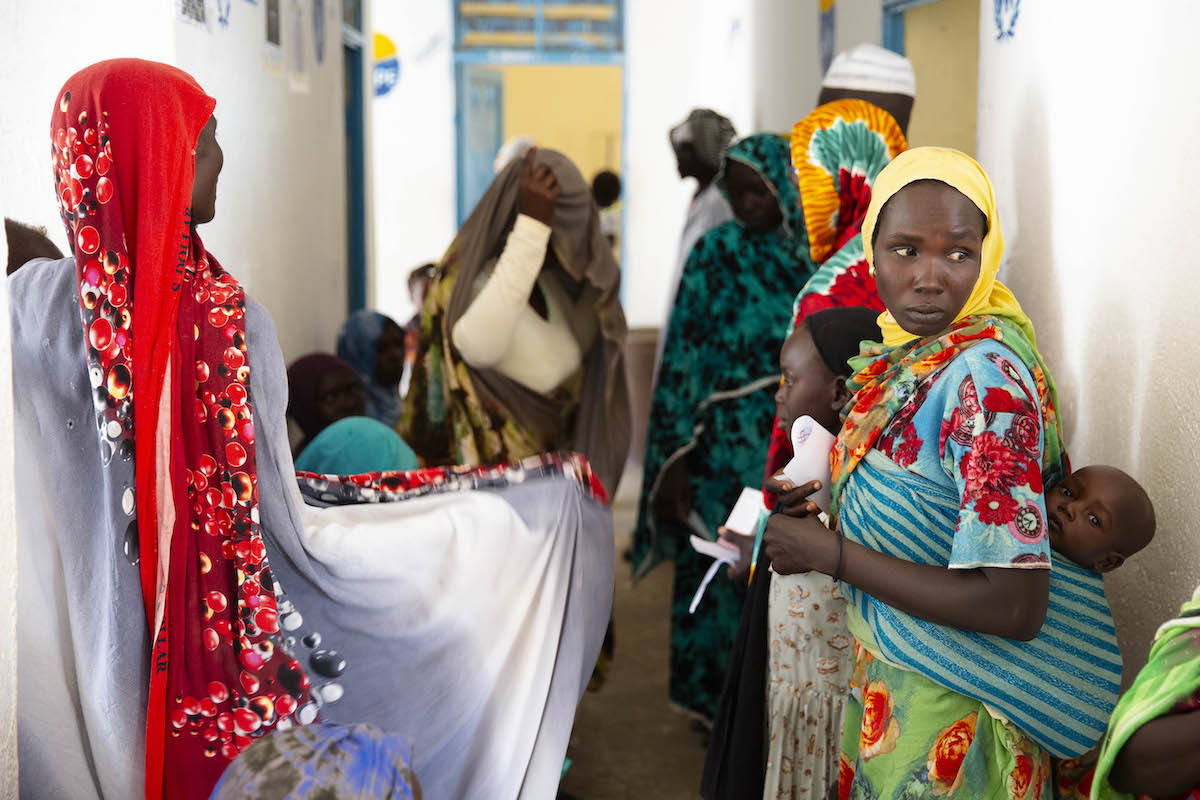
In 2025, Concern marks 40 years of lifesaving work in Sudan. This includes responding to the current crisis with programs including health and nutrition, livelihoods, food security, and water, sanitation, and hygiene (WASH) services. In the last two years, we have been able to respond to an ever-changing situation and ensure that help is going where it’s needed most.
Last year, Concern Sudan reached nearly 484,000 people, delivering lifesaving health and nutrition support, emergency supplies, and cash transfers. Across 81 health facilities, we have treated children under the age of five for acute malnutrition. We also supported nearly 5,900 families with multipurpose cash assistance to ensure they can afford the items they need the most, at a time when needs are at an all-time high.
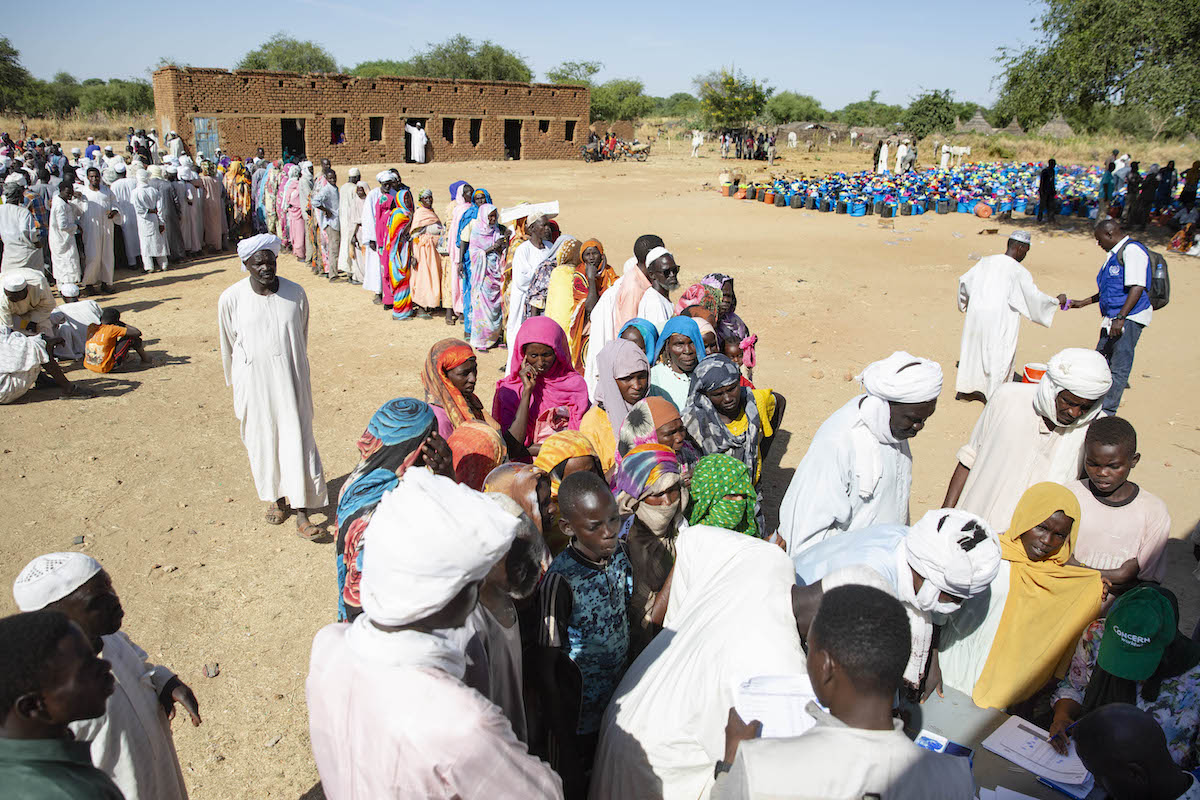
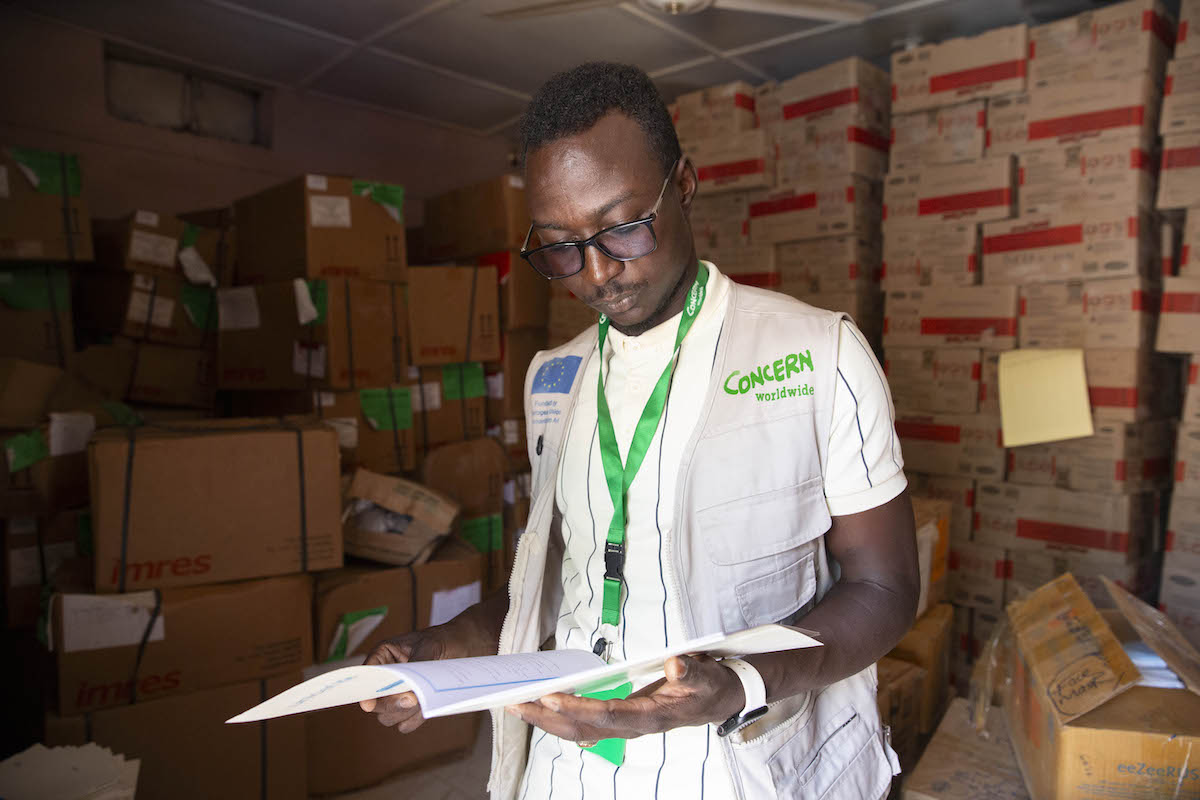
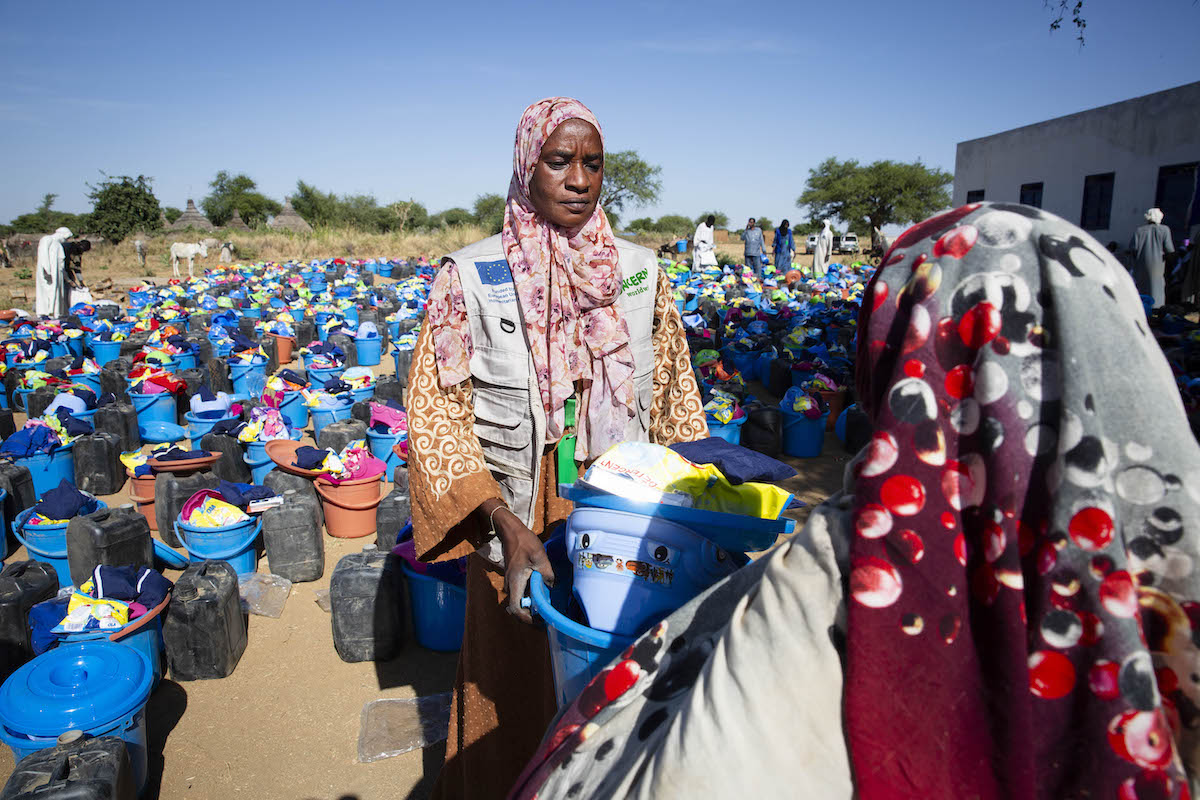
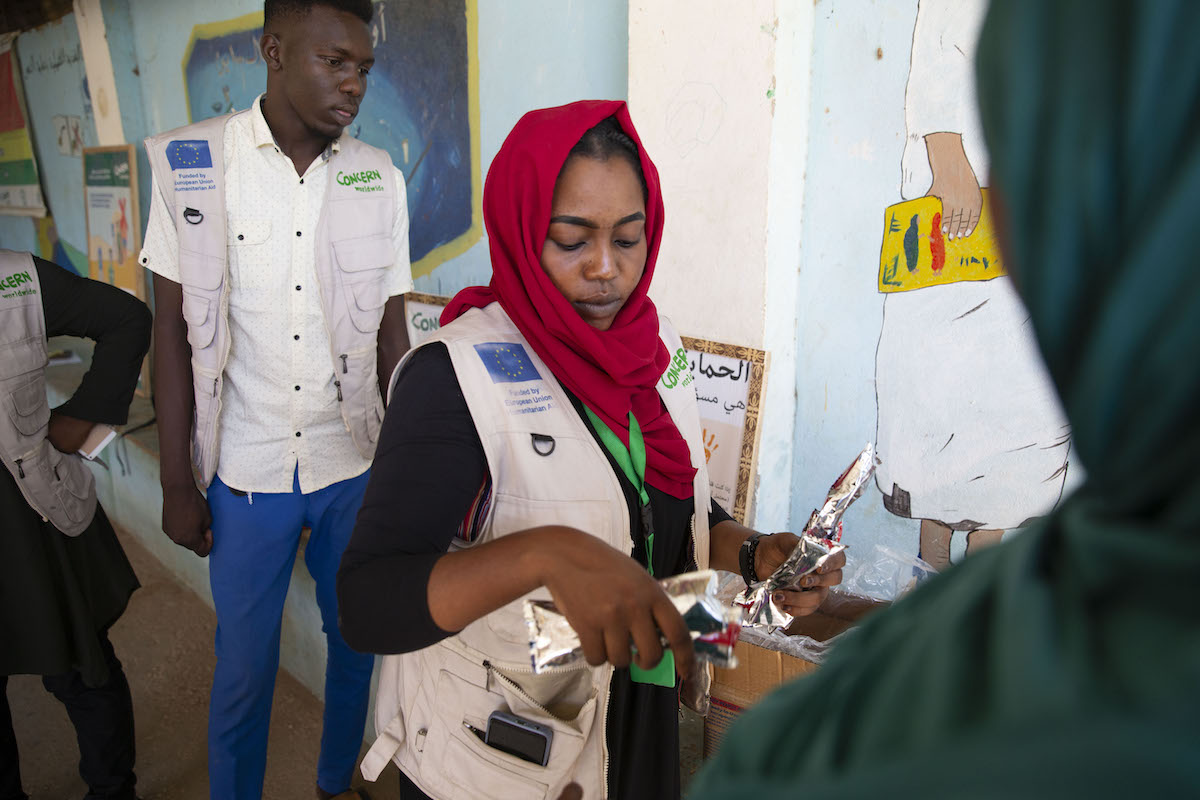
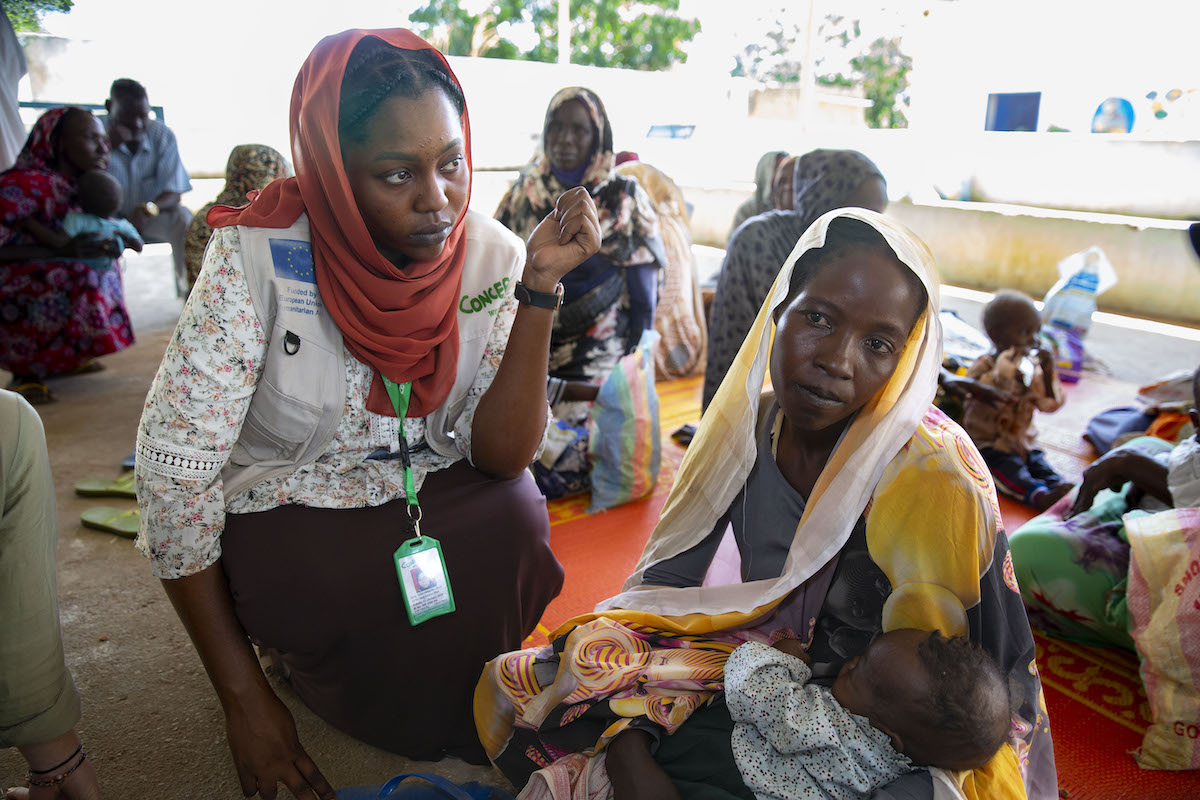
In Chad, our teams have been supporting displaced arrivals from Sudan with essential supplies, shelter, and health and nutrition support. We’ve treated thousands of patients in the last two years in our health and nutrition clinics, and distributed essential supplies like non-food item (NFI) and dignity kits.
Your tax-deductible donation to Concern will help us to provide even more food, water, sanitation, shelter, and financial support to those most in need.